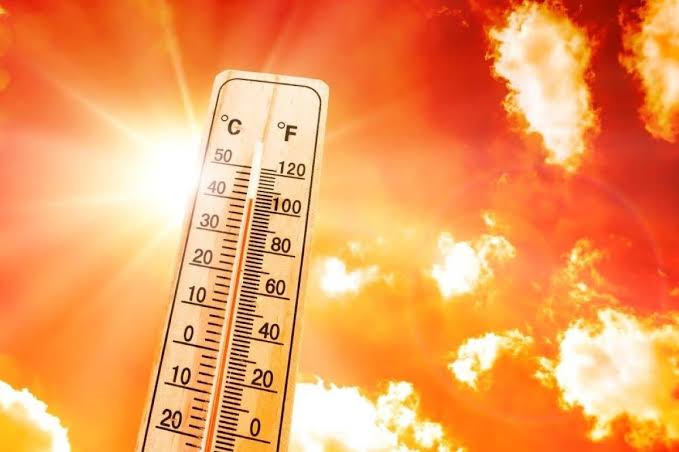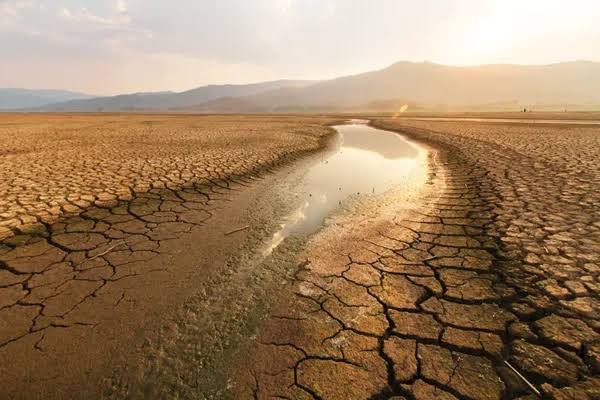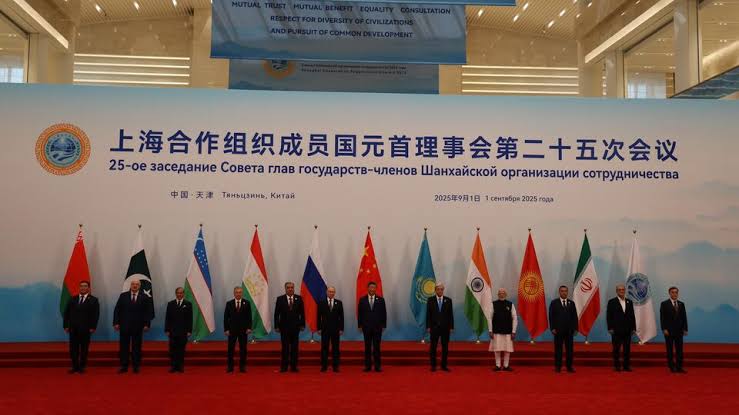The most recent studies of Heat-Related deaths point to rising danger trends in the United States, with the annual death count due to excessive heats being above 8,000, which can possibly double if not triple within the next few decades. This catastrophic projection is largely thought to be because of the rising incidence of heat waves, their severity and length as climate change intensifies.
The research, conducted by the authors and reported in JAMA Network Open on September 20, uses two imagined case studies predicated on fluctuating levels of greenhouse gases. Scientists, including the study’s lead author, Sameed Khatana, a University of Pennsylvania cardiologist, employed records on heat and cold temps and mortality for the years, 2008 to 2019, to measure modern death links. That is, they then generalized these facts based on hypothesized climate changes and trends in the mid 21st century.
The findings indicate that by the years 2036 to 2065, the annual death count linked to extreme temperatures could see a significant rise: scaling up to double under a lower emission pathway and tripling under a higher emission path. Larger rate increases are projected for those at greater risk, such as those 65 years old and older, non-Hispanic Black and Hispanic individuals, and those living in cities. Lack of access to cooling resources and green spaces seems to be exacerbating the disproportionate effects of extreme heat on communities; those effects, in turn, are probably the result of demographic factors and structural racism.
The consequences of this study call for the necessity of adopting and implementing public health interventions –including climate change mitigation — for vulnerable communities. Finally, although global warming is still increasing, the health sector has to facing new challenges resulting from heat аffect, heat оldness, and heat оrelated deaths. This is so because, these are the key dynamics that need to be understood in order to design relevant interventions that will help reverse the negative health effects of a warming climate.













